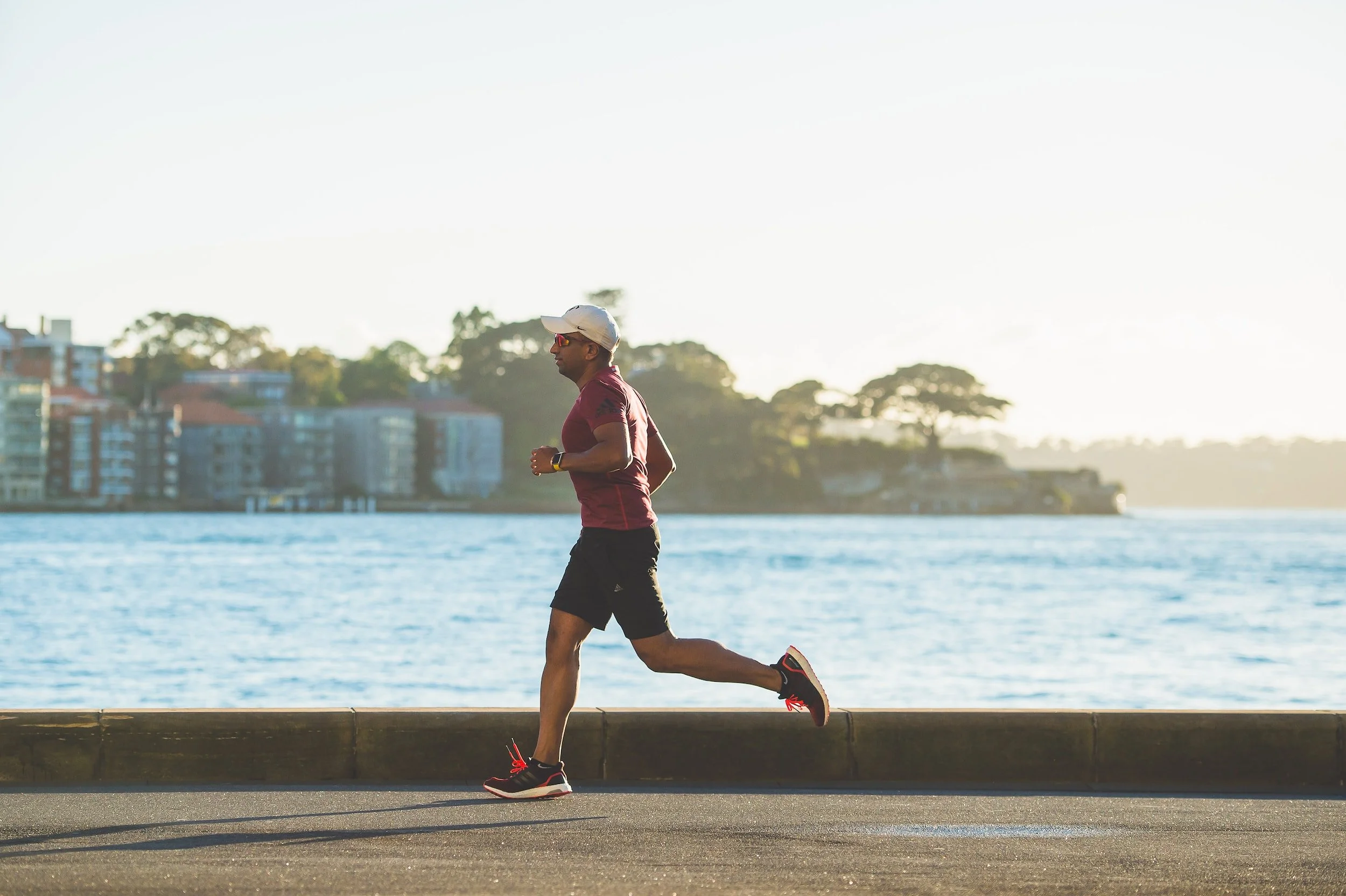Let's Get Running! - Beginner Cardio Routine
Are you looking to get into shape but don't know where to start?
Or maybe you've been working out for a while but want to switch things up or add something to your routine that doesn't involve lifting heavy objects?
Whatever the case, a good cardio routine is a perfect choice!
This blog post will give you our beginner cardio routine to help you improve cardiovascular fitness and endurance through various activities.
Let's get to it!
What Is Cardio?
You probably think you know what cardio is- running on the treadmill until you can't feel your legs, right?
Well, you're not entirely wrong.
Cardio involves getting your heart rate up and your legs moving, but there's a lot more to it.
Aerobic cardio is any activity done at a low to moderate intensity for a prolonged period.
That means activities like walking, biking, swimming, and, yes, running.
Cardio is vital because it improves the conditioning of your heart, lungs, and the rest of your cardiovascular system.
Besides the obvious physical benefits, it also helps reduce stress and improve mood.
Common Cardio Activities
A lot of people confuse cardio with running. But the truth is, cardio isn't just that!
You can do cardio workouts through many different activities.
Five activities are walking, running, swimming, biking, and rope skipping.
Walking is a great activity because it's low impact, and you can do it anywhere. Plus, you can progress on it by walking up the hill, stairs, or even hiking with a backpack!
Running is another great activity because it's a natural activity that is also adjustable and a splendid way to get your heart rate up.
If you live in a hot climate, swimming might be the way to go - it will keep you cool, target your whole body, and have minimum impact on your joints.
Oppositely, you can also choose biking, as it's not just a fantastic cardio workout but also gives the legs a good go!
Last but not least, if you don't have much space or don't like doing cardio outside, rope skipping is a great option to improve cardiovascular conditioning and coordination.
3-Step Beginner Routine
You don't have to be a fitness fanatic to enjoy the benefits of cardio exercise.
Just a few minutes of heart-pumping activity can help boost your energy levels, improve your mood, and even create a suitable predisposition for weight loss.
If you're new to cardio, the prospect of starting a workout routine can be daunting.
Fortunately, even beginners can take a couple of easy steps.
Let's have a look at the 3-step process!
#1 Start Small
Have you ever seen a runner and thought, "I could never do that,"? Well, you're not alone.
For most of us, running even a short distance can be daunting.
But the truth is, anyone can be a runner - you must start small.
Whatever cardio activity you choose, the key to starting a successful running routine is to find a comfortable pace and start with a distance you feel confident you can complete (measure the distance, though!)
If you're new to running, you might want to start with a walking program and gradually work your way up to running.
Or, if you're already active, you can start by running for a minute or two and then walking for a minute or two.
The important thing is to listen to your body and find a pace/distance that feels good for you.
#2 Increase The Distance
When you're in the groove of a comfortable pace and distance, it is time to pump those numbers up!
Continue measuring your distance, session to session, and try to increase the distance a tad bit every time until you can comfortably do a distance that takes 20-25 minutes uninterrupted.
The more you increase the distance, the greater the distance you can endure; with time, it also becomes easier.
As you increase the distance, keep tracking the total completion time.
This is where step 3 comes in!
#3 Beat Your Time!
Once you reach the distance where you need 20-25 minutes to complete, it's time to work towards beating your time.
Did you run 3 miles in 25 minutes? Shoot for 23-24 minutes next time!
In doing so, you will further improve your cardiovascular conditioning and efficiency.
Final Thoughts
To summarise, as a beginner, you should start with a comfortable pace and distance.
As you advance, you increase the distance and keep track of your completion time.
Once you're at 20-25 minutes, you work on beating your completion time, after which you can increase the distance again.
What's your favourite cardio activity? Comment below!

